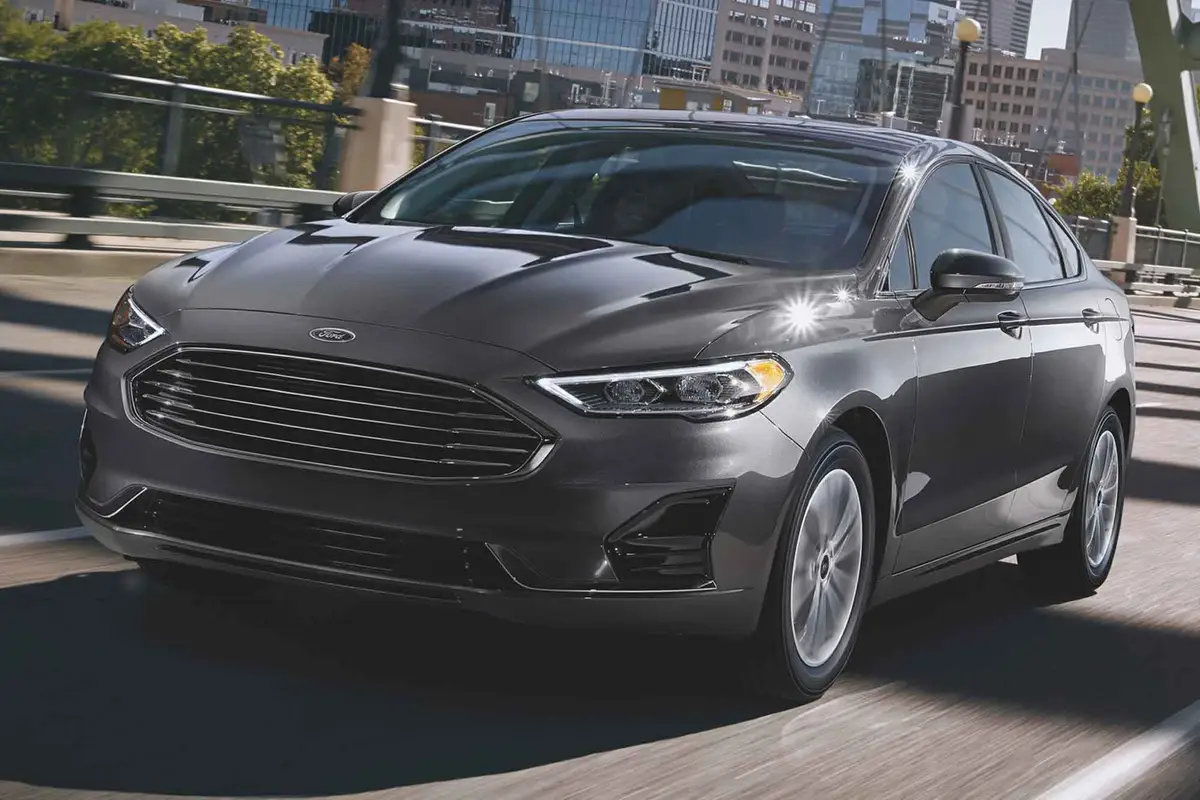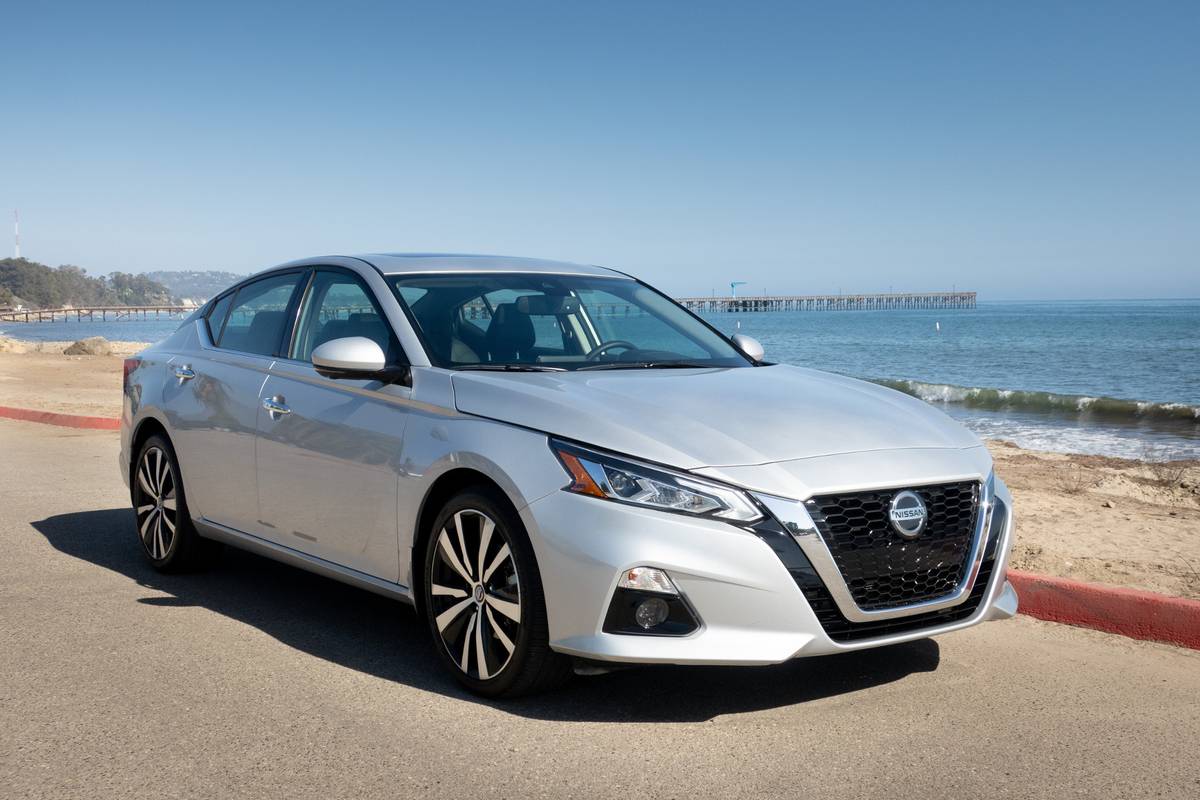Our view: 1999 Infiniti G20
When it came out in 1991, the G20 was intended to be the first rung on the Infiniti ladder. More precisely, it was aimed at up-and-coming yuppies with 93-octane aspirations and 87-octane wallets.
The entertaining compact sports sedan served that purpose until 1996 when Infiniti figured it had an apt replacement in the larger I30 — and kicked the G20 down the stairs.
“When we came out with the I30 in 1995, we thought that would be our entry-level sedan,” explained Infiniti spokesman Gerry Spahn. “We didn’t know there would be so much continuing demand for a car like the G20.”
So later this month, a next-generation G20 will begin surfacing in the showrooms.
Like the Acura Integra, the G20 is a rather rare species: a sub-luxury car built by a luxury automaker. The car will start at about $21,000. The sportier touring model I tested will go for about $24,000.
While new to this market, the G20 is not a new car. It is a re-badged Primera, a car Nissan has been selling in Europe since 1996.
It is also a mechanical kissing cousin of the 200SX SE-R sport coupe that Nissan markets in this country. Both cars use the same engine, and identical manual and automatic transaxles.
In addition to its close ties with the SE-R, the new car has some intimate connections with the first-generation G20. Both are powered by essentially the same 2-liter, 140 horsepower engine.
What’s new about the car debuting in the United States this month is the body and platform. The G20’s increased structural rigidity and new suspension system make big contributions to what turns out to be a superb cornering machine.
The car’s handling is augmented by fore-to-aft weight distribution better than you find in most front-drivers, and by precise, responsive steering.
The net result is an exceptionally agile sedan that turns a twisty back road into an arcade game.
What I find particularly interesting about the G20’s handling prowess is that it is accomplished without a fully independent suspension. In order to save money, the G20 and I30 use a solid rear axle instead of an independent suspension.
That beam axle made me rather skeptical at first. When the car did a yeoman’s job of handling some fast, smooth corners, I took the position that, yeah, you can get a car with a solid rear axle to corner well on a smooth surface if you locate the axle properly and stiffen the suspension enough. But what’s it going to be like when I come barreling through a bumpy turn? The answer was: surprisingly well planted. There was virtually none of that disconcerting sideways dancing you often get from beam axles.
What I also like about this car is that its athleticism doesn’t translate into a hard ride. The body structure is rigid enough that the suspension designers could get the level of handling they wanted without guillotining ride comfort.
The G20’s four-cylinder engine is a lively and willing little guy that does well as long as you keep rev s up. Unlike Nissan’s raucous 2.4-liter four, this four-banger is a sweet, civil engine that spools right out to its 7,000-RPM redline.
While the G20’s engine has stayed the same, much has changed. The car is a bit larger, and so are its disc brakes. The safety litany now includes side air bags as well as one sin front.
The new G20 was obviously styled by someone who had seen a BMW 3-Series car. No one is going to see this automobile in such distinctive terms, however. It is attractive enough, but rather generic business.
The G20 is, finally, more than just a pretty party animal. It has a practical side that includes a quiet, comfortable cabin, supportive seats, decent rear leg room, and a generous trunk.
Latest news



